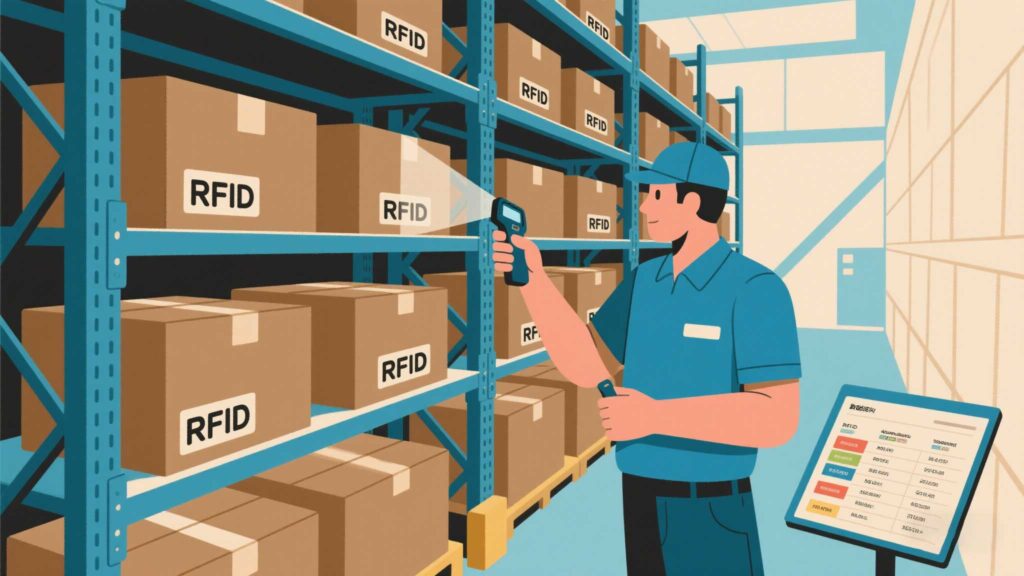How Handheld RFID Scanners Simplify Livestock Tracking and Farm Management
387Discover how handheld RFID scanners improve livestock tracking, health monitoring, and farm efficiency. Learn key features for agricultural use.
MoreAll RFID Product
RFID technology promises contactless scanning, but its effectiveness hinges on one critical question: How close does the scanner need to be to read a tag? The answer isn’t universal—it depends on your RFID system type, environment, and goals. Whether you’re tracking inventory in a cramped storeroom or monitoring assets across a sprawling warehouse, understanding scanning range is key to maximizing ROI. Let’s break down the science, limitations, and hacks to get the most out of your setup.

RFID systems are categorized by frequency, which directly impacts scanning range:
| Type | Frequency | Typical Range | Best For |
|---|---|---|---|
| LF | 125–134 kHz | 0–10 cm | Animal tracking, access control |
| HF | 13.56 MHz | 10 cm–1 m | Library books, retail item tagging |
| UHF | 860–960 MHz | 1–15 m | Warehouses, logistics, pallet tracking |
Key Insight: Higher frequencies (UHF) offer longer ranges but are more sensitive to interference. Lower frequencies (LF/HF) work better near liquids/metals but require closer proximity.
Four factors determine how close your scanner must be:
A. Antenna Power and Design
B. Tag Orientation and Type
C. Environmental Interference
D. Regulatory Limits

For Short-Range Needs (LF/HF):
For Long-Range Needs (UHF):
Pro Tip: Cykeo’s adjustable UHF readers let users toggle between “precision mode” (1–3m) and “long-range mode” (10–12m) via a mobile app.
Overlapping reads in dense environments cause “collisions,” where multiple tags respond simultaneously. Fixes include:
Takeaway: RFID scanning range isn’t a fixed number—it’s a balance of physics, environment, and smart configuration. By aligning your system’s capabilities with operational realities, you’ll turn “How close?” from a headache into a strategic advantage.
Discover how handheld RFID scanners improve livestock tracking, health monitoring, and farm efficiency. Learn key features for agricultural use.
MoreLearn how door RFID readers work, common types, buying tips, and future trends to help you find the best access control solution.
MoreWhat’s the average RFID reader lifespan? Learn key factors affecting durability and practical maintenance tips to extend its operational life.
MoreRFID reader DIY guide: Brutally honest parts list, why 73% fail, and when Cykeo’s pre-built saves cash. Real solder-burn stories included.
More